HydroWing inks deal to support and develop tidal energy projects in Indonesia
HydroWing signs MoU
Tocardo’s 50% shareholder has signed a Memorandum of Understanding with state-owned company Indonesia Power to support and develop tidal energy projects in Indonesia. The MoU between Indonesia Power and HydroWing, was signed early September 2022, it will accelerate tidal energy development in Indonesia through site identification, resource assessment and front-end engineering.
Increasing demand for renewables
With increasing cost of fossil fuels, energy transition from Diesel generators and coal power plants to renewable energies are vital for lots of remote islands in the eastern Indonesian archipelago. Both teams will jointly study selected sites in coming weeks to build a first of a kind business case and pilot project. Together with solar energy and battery storage, tidal energy will provide the baseload of a reliant and clean energy system. Teams have jointly visited the first site late September to prepare a resource assessment campaign to be organised before the end of 2022. This deployment will be the first tidal energy power plant in Indonesia.
Quotes
Ahsin Sidqi, Indonesia Power President Director said: “Right now Indonesia Power has 100 year O&M competency in Hydro, hopefully with this collaboration with Hydrowing as a technology provider, Indonesia Power obtains another new competency as a power generation company in the country, to become a trusted energy solution provider. Indonesia Power and Hydrowing together will explore more potential development of Tidal Power Plant in Indonesia.”
Richard Parkinson, HydroWing Managing Director said: “We view Indonesia as a prime market for our technology with an excellent resource and increasing demand for clean and reliable energy. This MOU with Indonesia Power, is pivotal for us and our local partners to move rapidly towards significant commercial scale projects in the Archipelago”

 HydroWing
HydroWing
 Tocardo
Tocardo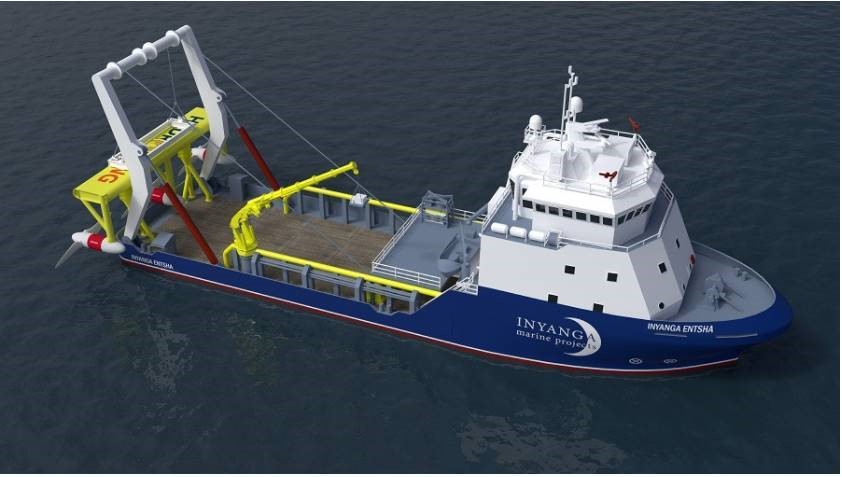
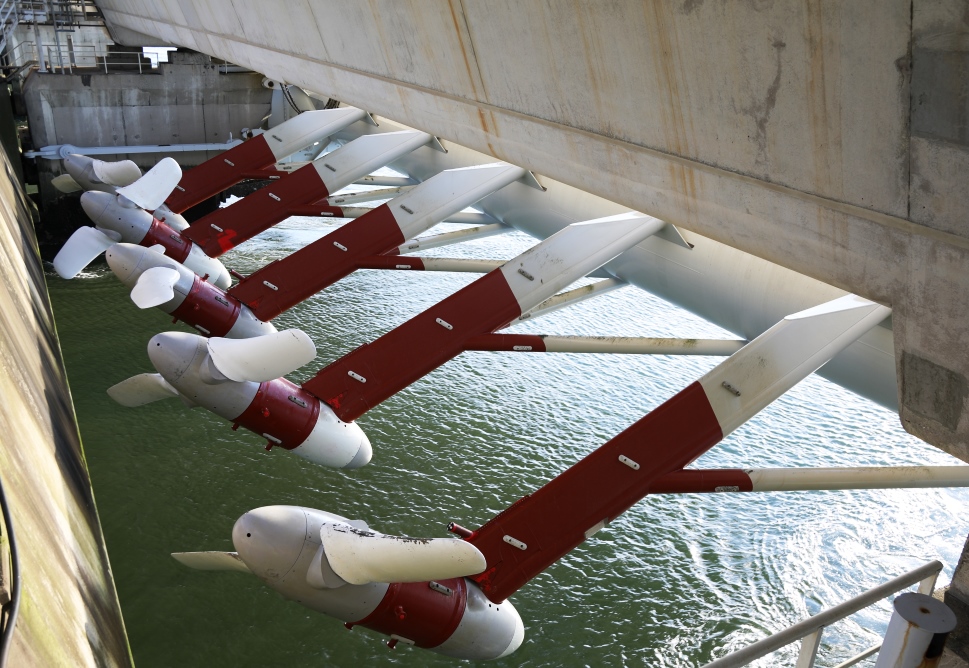
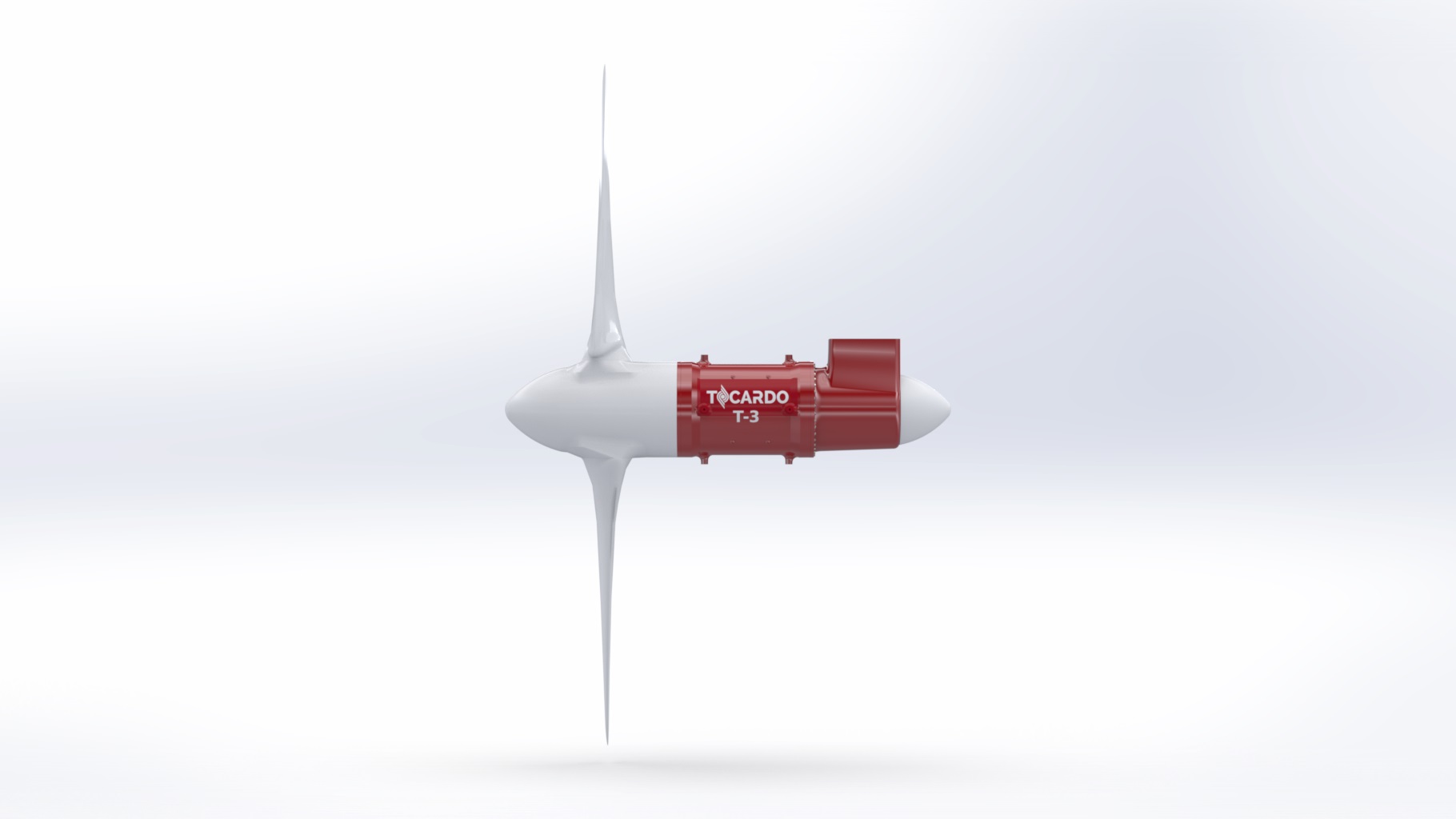
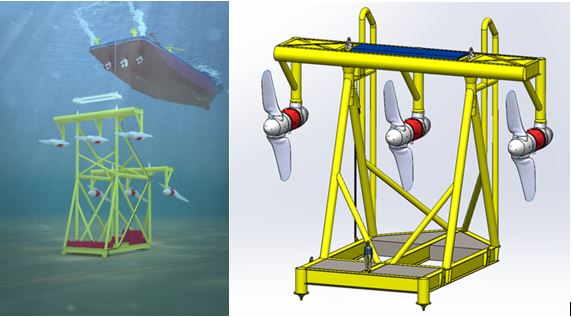

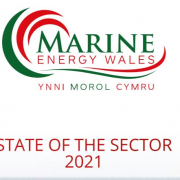 Marine Energy Wales
Marine Energy Wales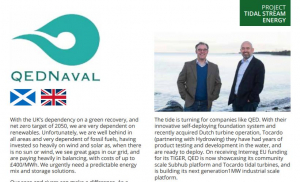
 Inyanga Marine Projects
Inyanga Marine Projects QED Naval
QED Naval
 HydroWing Ltd
HydroWing Ltd